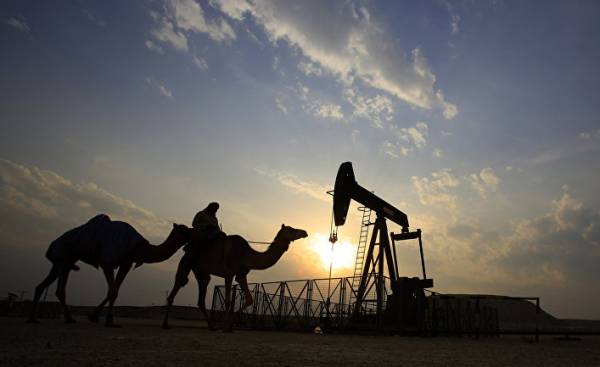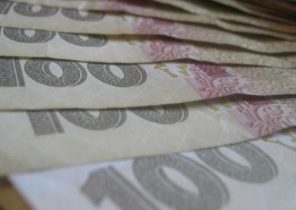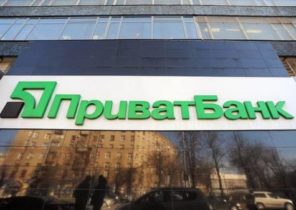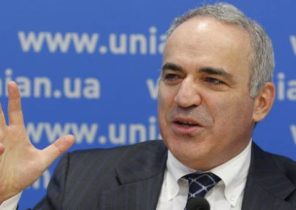
Oil exports in Saudi Arabia is 85% of the total. However, one of the sources of Saudi oil sector said that in August the country plans to reduce the supply of crude oil to consumers is 600 thousand barrels per day.
According to this source, the reduction of crude oil supplies due to the attempt to achieve a balance in terms of growth in domestic consumption of this fuel in the summer. In addition, this decision will allow to fulfill obligations to OPEC, according to which the prescribed level of oil production, these countries must not be exceeded.
In addition, the source added that in August this year, the level of production of crude oil reaches its minimum and will amount to approximately 6.6 million barrels per day.
In August, the level of crude oil supplies to Asia will decrease by 200 thousand barrels per day and will reach 3.5 million barrels, and in Europe of 70 thousand barrels daily, which will amount to 520 thousand barrels per day. The export of crude oil the United States also will decline to 800 thousand barrels per day.
Such changes occur due to fluctuations in world oil prices, the decline of which is seen in recent periods. Thus, prices fell to a level of 40-45 dollars per barrel. However, in the state budget for the current year, Saudi Arabia has laid the price of $ 50 per barrel.
Economists have confirmed that the reduction of oil supply by Saudi Arabia, the fall in prices to a level significantly below target assessments, as well as an increase in military spending, the lack of alternative sources of development and real investment will lead to a doubling of the state budget deficit and will have a negative impact on all sectors of the Saudi economy.
Analyst Ahmad Musabih told that such decisions in Saudi Arabia are accepted on the basis of incorrect calculations and estimates. Most of them are more political than economic, and will undoubtedly cause severe damage to the economy.
He added: “Saudi Arabia is taking such decisions in order to reduce the income from the sale of oil in 2017, expecting the price per barrel will stay at 50 dollars and in 2018. At the same time, according to international estimates, the level of oil prices will be less than $ 40 per barrel, or at the worst estimates, $ 30 a barrel.”
In an interview Arabi21 Musabih said that in light of the lack of serious economic reforms, and unfavourable investment climate, in particular in connection with the aggravation of geopolitical conflicts in the region, and as a result, the increase in military spending due to wars in some neighbouring countries, particularly Yemen and Syria, the decision to reduce oil export is illogical and unrealistic.
According to the statement of the expert Agency Bloomberg, in 2015, the spending of Saudi Arabia on defence amounted to 13.5% of the gross national product of the country (87 billion dollars). It is this sector that largely caused the country’s budget deficit. At the same time, defense spending the main competitor Kingdom and Iran — accounted for only 3% of the GNP of the country.
The specialist also explained that various sectors of the Saudi economy suffered heavy losses. Such actions led to the suspension of production and dismissal of employees, increase of unemployment, especially in the construction sector. In addition, the reduction of the level of public spending on these sectors has negative consequences, which only confirms the fact that such economic decisions harm Saudi Arabia.
#Saudi and #Russia crude #oil output both likely to rise again from early 2018 after #OPEC deal ends, says @BofAML #OOTT #gas #shale pic.twitter.com/xJlKyq19CV
— Christopher Johnson (@chris1reuters) July 14, 2017
According to energy expert Reuters by Christopher Johnson the export of crude oil in Russia and Saudi Arabia is expected to grow in 2018 after the OPEC agreement.
He noted that these decisions only exacerbates the crisis and improve the situation. He stressed that the government of Saudi Arabia chose the wrong path, which only worsens the economic situation. So, the Kingdom increased its level of external borrowing, reduced public expenditure and increased the amount of subsidies on commodities, particularly on water, electricity, imposed new duties and penalties for pilgrims and foreigners, and also increased the tax on goods, which in some cases reaches 100%.
According to the Agency of monetary circulation in Saudi Arabia, by the end of April 2017, the reserves of the country dropped by 320 billion rials or 14% compared to the same period last year.
In the annual report of the United Nations Conference on trade and development (UNCTAD) global investment from 2017 States that the reserves at the end of April 2017 amounted to 1,875 trillion riyals, compared to 2,177 trillion rials in the past year. Compared to March 2017 reserves fell by $ 32 billion rials, which is 1.65%.
Also for 2016 (when the plan was launched visions of the economy in 2030) direct foreign investments coming into Saudi Arabia has fallen to the level 7,453 billion compared to 8,141 billion US dollars in 2015.







